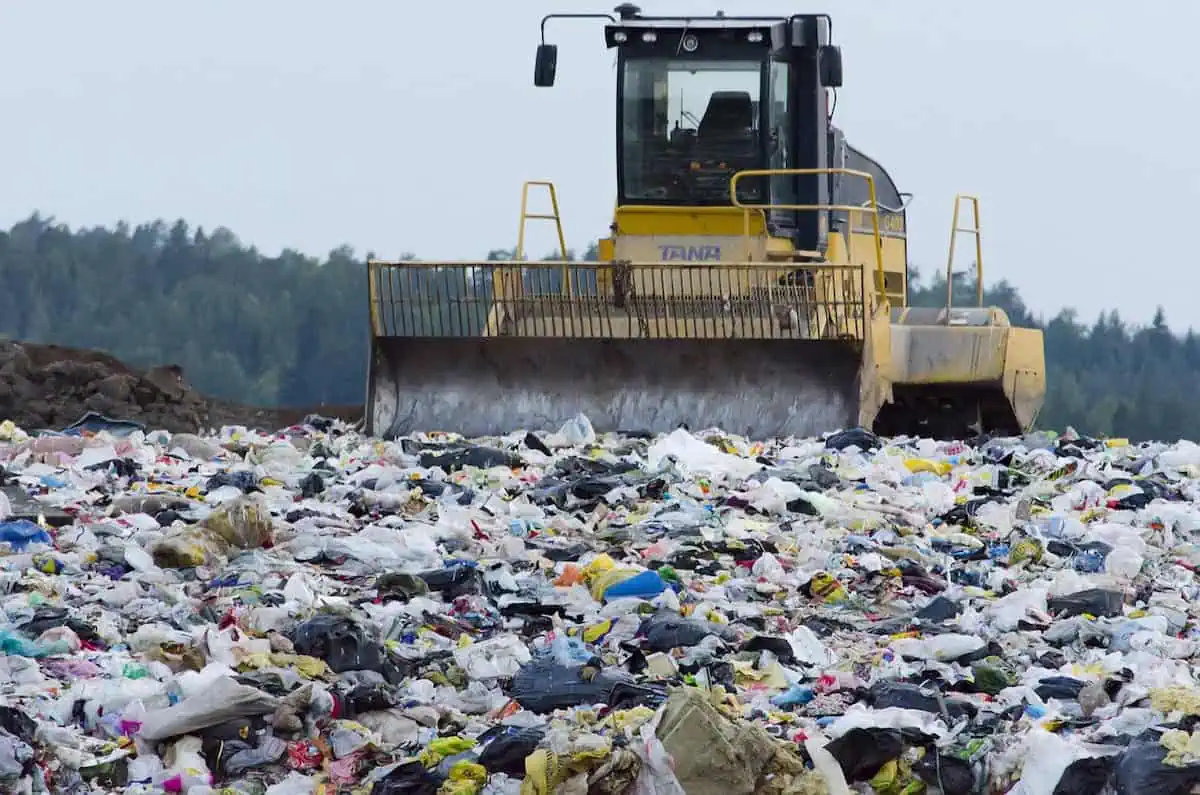Managing landfills is a key part of waste management, requiring smart practices to reduce environmental impact. In the past, landfills were monitored through time-consuming and sometimes dangerous methods.
The industry is now changing as environmental concerns grow and regulations become stricter. With new technology, industries are not just meeting requirements but also driving future innovations.
Drone technology is transforming landfill monitoring, offering new approaches that improve efficiency. Using drones makes landfill assessments safer and more focused on real-time solutions.
Here we’ll look at how drone mapping services improve data collection, enhance safety, and reduce costs. Drones are helping with environmental compliance while opening up new possibilities, showing how they are reshaping waste management.
These changes mark a major step forward, hinting at more advances to come in landfill monitoring and assessment.
Improving Data Collection
Drones have transformed how environmental data is collected, offering unmatched speed and accuracy compared to traditional methods. They fly over vast landfill sites, capturing high-resolution images and detailed terrain data for more precise monitoring. Equipped with sensors like thermal cameras and LiDAR, drones gather diverse data types, such as temperature variations and surface shifts, in real time.
This fast data collection allows for quicker, informed decision-making, giving stakeholders a proactive edge. Drones also reduce the need for ground crews, cutting down on labor costs and minimizing human error, while improving data reliability. This technological shift paves the way for new innovations and more efficient landfill management and environmental protection strategies.
Improving Safety Standards
In landfill monitoring, drones have significantly improved safety by reducing the need for workers to enter hazardous areas. Tasks like inspecting unstable waste piles or measuring biogas emissions, which once required on-site presence, can now be handled remotely with greater precision.
This shift not only minimizes risks of accidents and harmful exposure but also speeds up inspections, allowing for more frequent and detailed safety checks.
Equipped with advanced cameras, thermal sensors, and gas detectors, drones provide real-time data, enabling continuous surveillance to detect potential hazards before they escalate. This integration of drone technology improves safety protocols while maintaining high operational efficiency in complex environments like landfills.
Cost-Effective Solutions
Although drones require an upfront investment for landfill management, they prove to be a smart financial decision in the long run. Drones help lower operational costs by taking over tasks that used to require more workers, reducing labor expenses. They also cut down on the use of heavy machinery, which means less wear and tear on equipment.
Drones provide quick, accurate data, speeding up decision-making and lowering the risk of expensive mistakes or delays. This makes the initial cost of drones a good investment, as they lead to cost savings and smoother operations over time. Landfill operators and environmental agencies can see drones as a tool that not only stays within budget but also promotes long-term financial stability.
Boosting Environmental Compliance
Drones are becoming essential for improving environmental compliance by providing accurate, timely data, helping landfill operators meet strict regulations. They collect detailed information that helps identify and fix issues quickly.
For example, drones with gas sensors can track methane emissions, giving operators data to reduce harmful greenhouse gasses. This ensures that landfills stay within safe limits, promoting sustainable practices that follow both local and international rules.
Drones not only help meet current regulations but also prepare for future changes, making compliance proactive. Additionally, real-time data allows landfill managers to document their efforts, building trust with communities and governments. Using drones also shows a commitment to environmental responsibility, which can boost public image and stakeholder relationships.
Innovative Applications
In landfill management, drones are no longer limited to basic monitoring; they’re becoming innovative tools that enhance operations in unexpected ways. Companies are combining drones with artificial intelligence to improve predictions, allowing for a more proactive approach to managing waste.
These AI-powered drones can spot potential problems by analyzing patterns in the data they collect, helping with better planning and resource allocation.
Additionally, drones are automating tasks like soil and vegetation analysis, which are important for keeping the environment around landfills balanced. Using multispectral imaging, drones check vegetation health, helping ensure compliance with environmental standards.
Drones also optimize daily operations, like traffic flow and equipment coordination, boosting efficiency and reducing congestion.
As drone technology continues to advance, it is transforming the terrain of landfill management. By improving data collection, enhancing safety, and offering cost-effective solutions, drones are playing a vital role in streamlining operations and boosting environmental compliance.
Their ability to provide real-time insights and automate tasks not only improves efficiency but also supports sustainability efforts. As industries continue to adopt these innovative applications, drones are proving to be essential tools for the future of waste management, paving the way for more responsible and efficient practices that benefit both the environment and the economy.
Article and permission to publish here provided by Web Market Pros Outreach. Originally written for Supply Chain Game Changer and published on October 30, 2024.
Cover image by Pasi Mäenpää from Pixabay.

